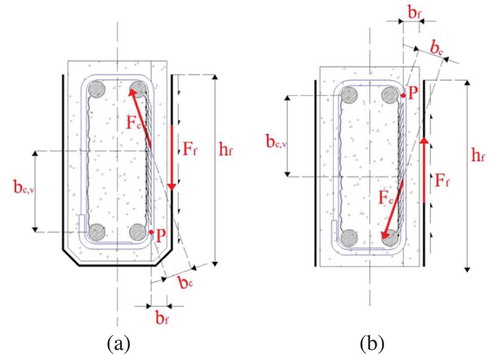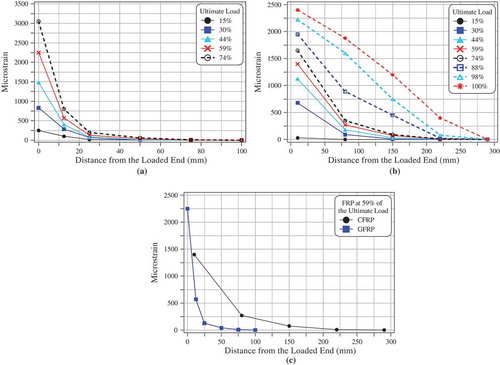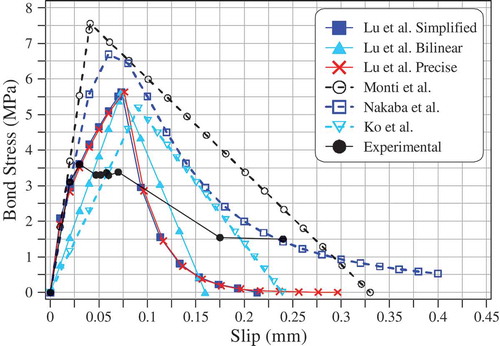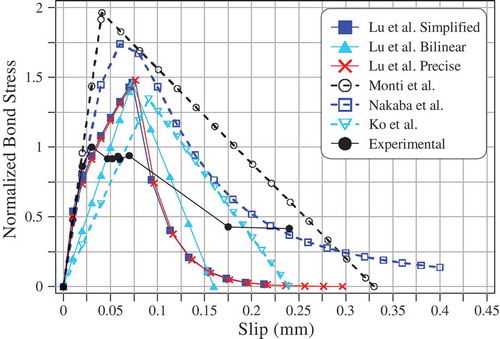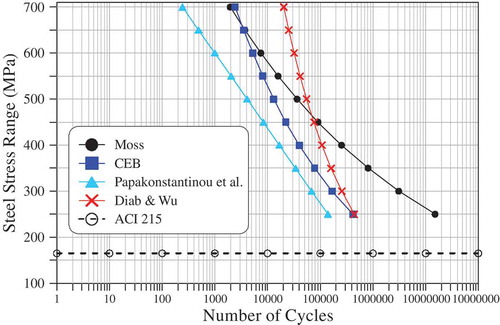Figures & data
Figure 1. Strengthening technique (a) EBR (b) NSM and (c) externally bonded using nails (Kim & Heffernan, Citation2008).
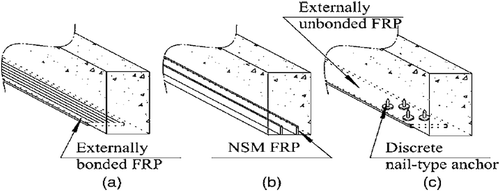
Figure 2. Single-shear test (Bilotta et al., Citation2011).
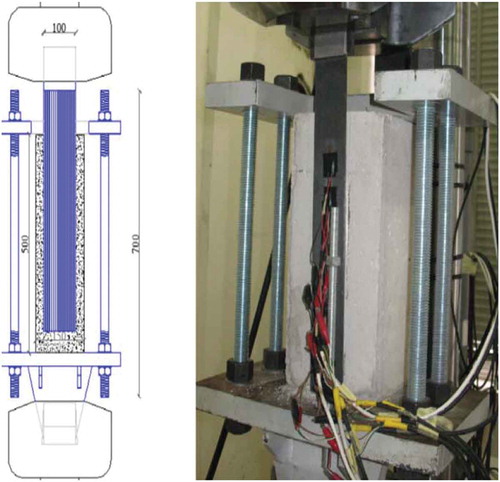
Figure 3. Double-shear test (Serbescu et al., Citation2013).

Figure 4. Beam specimen set-up (Pan & Leung, Citation2007).

Figure 6. Failure plane (a) Externally bonded FRP and (b) Near-surface mounted NSM (Seracino et al., Citation2007).
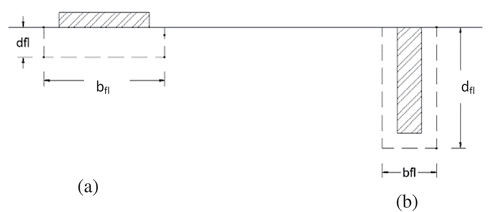
Figure 7. Specimen used to determine durability via half immersing (Amidi & Wang, Citation2016a).

Figure 8. Testing specimen (Amidi & Wang, Citation2016b).
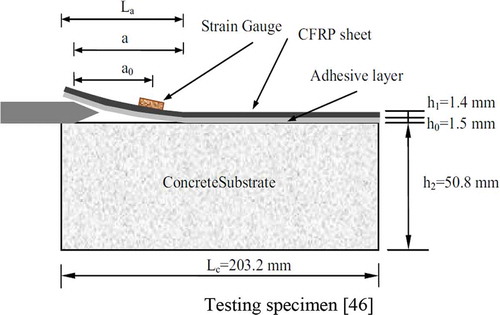
Figure 9. Crack induced in the untreated interface (a) SEM image of the interface soaked in water for 7 days; (b) carbon mapping image; and (c) oxygen mapping image (Amidi & Wang, Citation2016b).
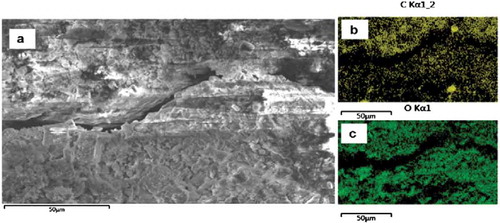
Figure 10. Interface treated with Silane (a) SEM image does not show any crack; (b) carbon mapping image; and (c) oxygen mapping image (Amidi & Wang, Citation2016b).

Figure 11. Bond stress–slip relationships (a) cut-off type; (b) elasto-plastic type; and (c) tensile softening type: bilinear type (left) and Popovics type (right) (Ko et al., Citation2014).
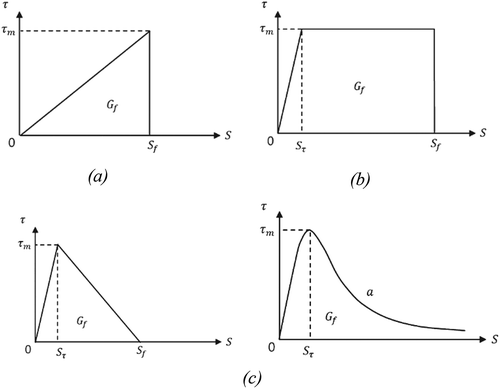
Figure 14. Side section for the end anchoring system (Chahrour & Soudki, Citation2005).
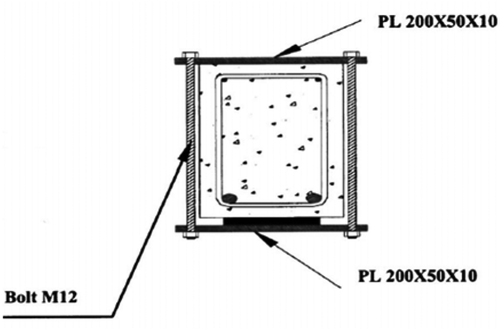
Figure 15. Spike fibre (a) concrete strengthened with FRP anchors and (b) FRP anchors (Zhang & Smith, Citation2012; Zhang et al., Citation2017).
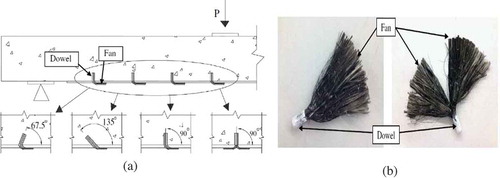
Figure 16. Total applied load versus mid-span deflection (Maghsoudi & Bengar, Citation2011).
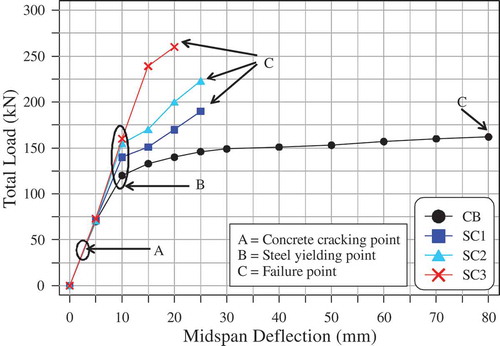
Figure 17. Bending moment versus crack width (Maghsoudi & Bengar, Citation2011).
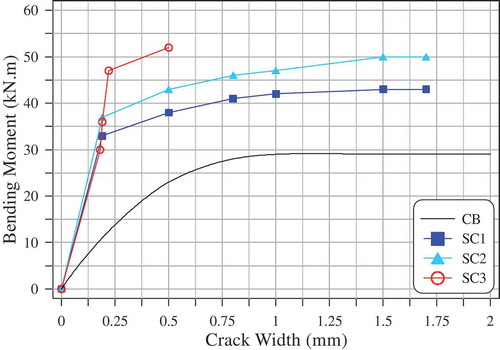
Figure 18. Fatigue failure sequence of FRP-strengthened concrete beam (Kim & Heffernan, Citation2008).
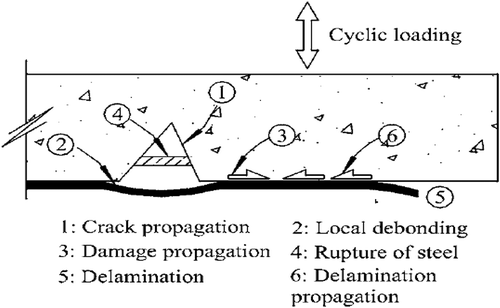
Figure 20. Debonding failure types (a) plate-end debonding and (b) intermediate crack (IC) (Yao et al., Citation2005).

Figure 21. Numerical prediction versus test results (ζ = 0.005, t0/T1 = 10 for dumping solutions) (Chen, Teng, Chen, & Xiao, Citation2015).
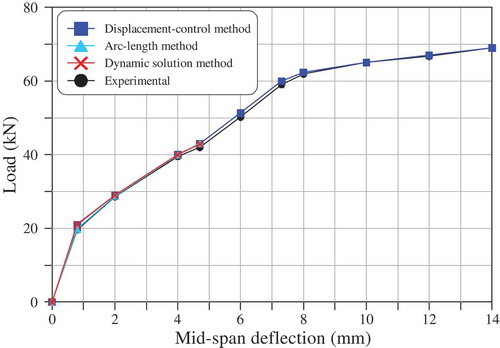
Figure 22. Force acting on FRP and concrete surface (a) U-wrapped FRP and (b) side-bonded (Pellegrino & Modena, Citation2008).
